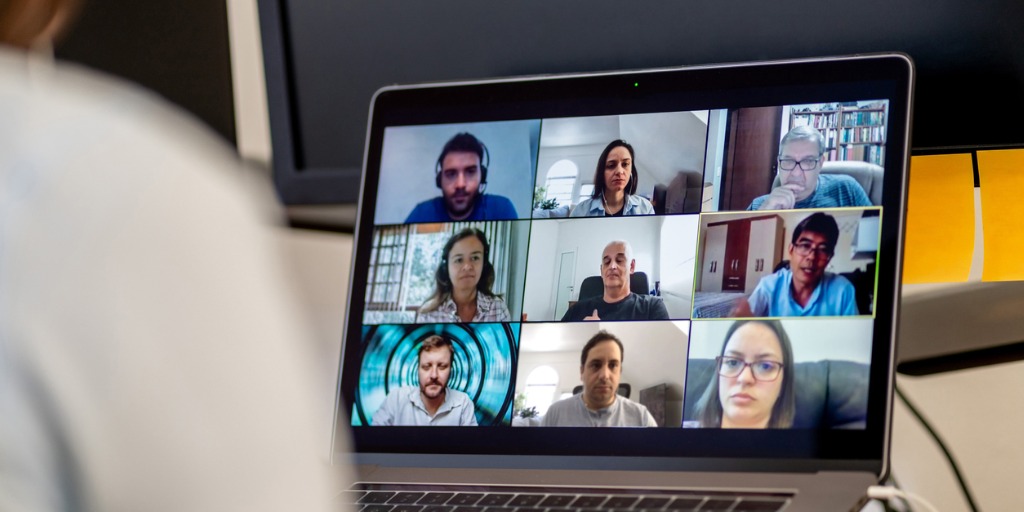Virtual Onboarding: Delivering A Meaningful Experience
In a previous article published on the Intuition blog, the underpinning principles of virtual onboarding best practices were explained. This article builds on the information in that piece, explaining how a meaningful virtual onboarding experience can be provided to new hires despite their virtual location, considering the aforementioned underlying principles.
Effective implementation is key
To create a meaningful onboarding experience using online tools, organizations should focus on the effective implementation of two key onboarding processes:
- Preboarding
- Assimilation
Preboarding
Organizations do not need to wait until the first day new hires are in the office to start the onboarding process. It is becoming common practice to integrate new hires into an organization during the time leading up to the start of their new role.
In fact, this is a fantastic opportunity for organizations to get new hires set up on important company systems and grant them access to useful documentation such as employee handbooks.
To enable this transition, utilizing technology such as virtual onboarding portals has become a necessary means of centralizing important onboarding processes.
Such resources provide a central hub for all necessary induction documentation and communication resources. When implemented correctly, portals offer a seamless user experience which gives new recruits the opportunity to understand a company at an in-depth level despite having never set foot in the office.
Preboarding results in increased clarity for new hires as they communicate with the organization and engage with relevant documentation.
Additionally, such initiatives give employees an opportunity to embed themselves within the company’s culture.
Preboarding can also be an opportunity to train new hires and get them up-to-speed on compliance and regulatory standards in the industry.
Firms can also start assessing the employees’ competence of core concepts prior to a new hire’s first day. Using diagnostic tools, skill gap analysis can take place, allowing HR to provide more personal learning experiences.
Addressing compliance and regulatory training often involves learning libraries that contain eLearning materials.
Working with providers that can offer skill gap assessments is important as organizations try to identify learning paths for employees who need to reskill.
Key Stat: 28% of workers in a recent study claim to have backed out of a job in the timeframe between accepting the offer and the start date – Robert Half Study 2019

Assimilation
When on-site, effective assimilation of new hires is a challenge. When based remotely, this challenge becomes even more difficult to overcome.
Despite its difficulty, devising an effective assimilation process for new hires is key to help ease management and employee concerns when taking on new staff.
For example, program managers are often concerned their new hires do not have the necessary skills to succeed or are unsure of management expectations.
Aligning the expectations of employees and management is key to bridging any potential disconnects.
Virtual workshops can be an effective means of communicating key information to a fresh intake.
In these online sessions, management and HR can impart a better understanding of the company, its culture, and what is expected of employees.
Engaging new hires through virtual workshops early in the onboarding experience can also help a new intake understand:
- What is important to management
- How to work with different generations
- How to build meaningful relationships
- How to uphold organizational beliefs and guidelines
- How to provide value to roles
Imparting this information early in the onboarding process can help ease new hire anxieties and enable more meaningful contributions towards organizational goals.
Combining virtual workshops with a centralized online onboarding resource can improve the overall learning experience for digital natives. The combination of a digital resource and virtual workshops gives new hires a nice blend of on-demand and live learning.

Conclusion
In conclusion, providing a meaningful onboarding experience is a challenge in the now virtual working world. However, despite never meeting another employee in person, new hires can still be effectively integrated into their roles and companies.
To facilitate this integration, organizations must focus on two key onboarding processes:
- Preboarding
- Assimilation
Through the effective implementation of these onboarding processes, a meaningful onboarding experience can be provided, one capable of contributing to increased company success.


